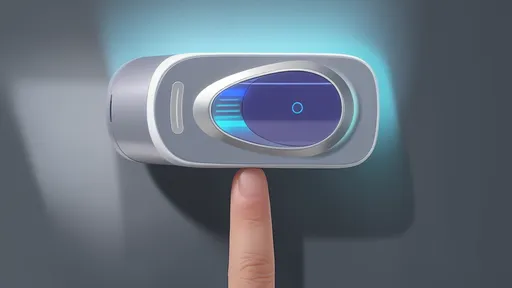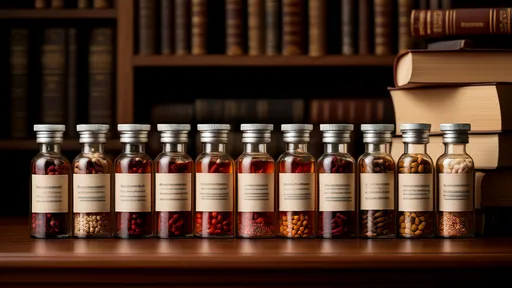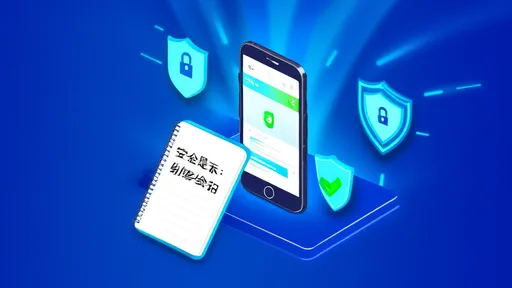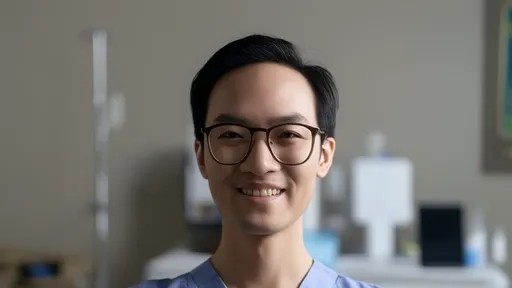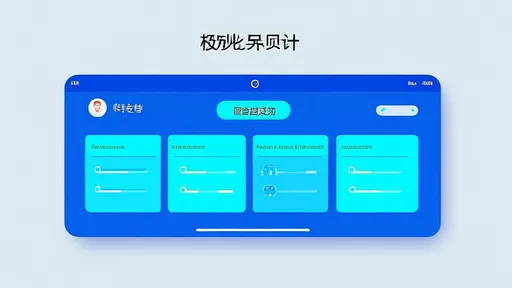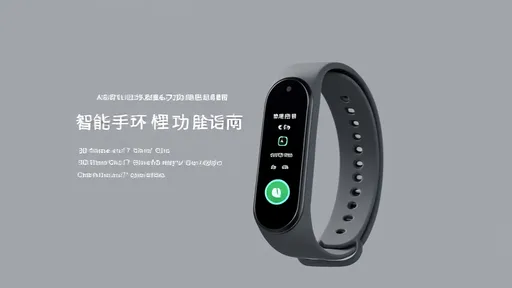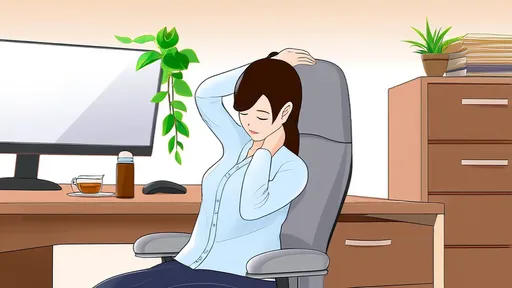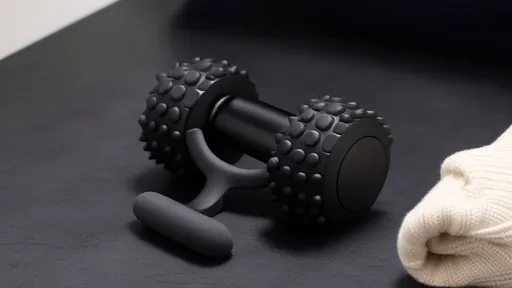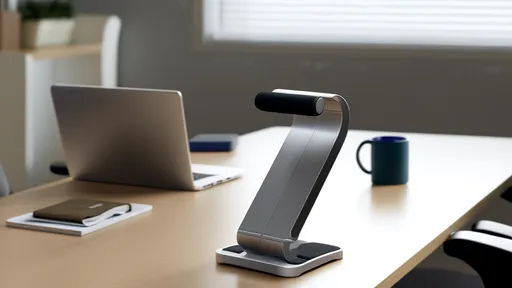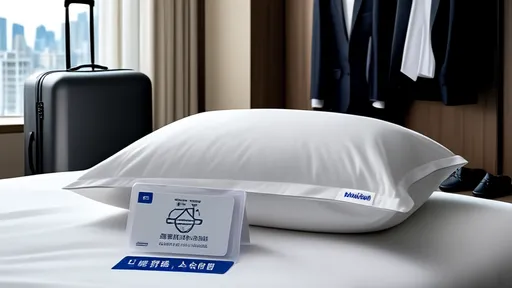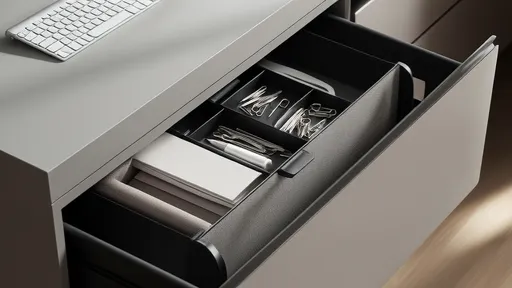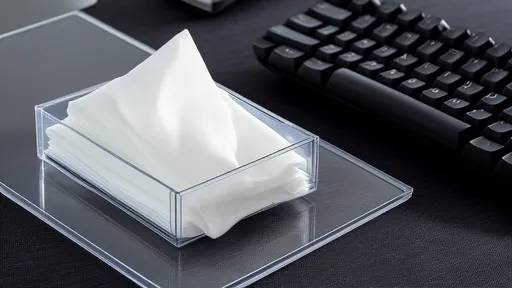In our screen-dominated world, eye fatigue has become an epidemic. The constant glare from digital devices leaves millions rubbing their temples and squinting through blurred vision. While artificial tears and blue light glasses offer temporary relief, traditional Chinese medicine presents an intriguing alternative – acupressure for eye strain. This ancient healing art teaches that strategic finger pressure along meridian pathways can dissolve tension, improve circulation, and restore visual clarity without medications.
The science behind acupressure traces back over 2,000 years to China's medical texts, which mapped energy channels connecting specific points to various organs and functions. Modern research reveals these acupoints correspond to nerve clusters and vascular junctions. When stimulated, they trigger biochemical changes – increasing endorphins while decreasing stress hormones like cortisol. Ophthalmology studies demonstrate measurable improvements in tear production and ciliary muscle relaxation following proper acupressure techniques.
Finding your relief points requires neither special tools nor medical expertise. Start with the Taiyang (EX-HN5) points, those natural indentations about a thumb's width from the outer eyebrows. Applying gentle rotary pressure here alleviates headache and eye puffiness. Move inward to the Yuyao points at the midpoint of the eyebrows – these gateways help relax strained orbicularis oculi muscles. Below the eyes, the Sibai (ST2) points sit directly under the pupils when looking forward, crucial for reducing dryness and light sensitivity.
The magic extends beyond the eye region. The Hegu (LI4) point between thumb and index finger – often called the "universal reliever" – creates distant yet powerful effects on facial tension when squeezed. Similarly, massaging the Fengchi (GB20) points at the skull's base, where neck muscles attach, improves blood flow to the entire visual system. These demonstrate traditional medicine's holistic view of bodily interconnectedness.
Perfecting your technique transforms simple touching into therapeutic intervention. Use the pads (not tips) of middle or index fingers, applying enough pressure to create mild discomfort without pain. Small circular motions – about thirty seconds per point – optimize stimulation. Breathe deeply during the process to enhance oxygen delivery. Morning and evening sessions prove most effective, especially when paired with warm compresses to dilate blood vessels beforehand.
Modern adaptations merge ancient wisdom with contemporary needs. Office workers report success with "desk acupressure" – briefly stimulating Yuyao points between video calls. Students rub Hegu points during study breaks. Some combine acupressure with aromatherapy, using lavender or chamomile essential oils on fingertips to deepen relaxation. Tech entrepreneurs even prototype wearable acupressure rings that maintain gentle point pressure during computer use.
Safety considerations warrant attention despite acupressure's general harmlessness. Avoid pressing on open wounds, rashes, or swollen areas. Pregnant women should skip certain points like LI4 due to uterine stimulation risks. Those with glaucoma or retinal issues require medical consultation before attempting periorbital pressure. Listen to your body – proper acupressure energizes rather than exhausts.
The beauty of this practice lies in its immediacy. Unlike medications needing digestion or appointments requiring scheduling, acupressure delivers relief at your fingertips – literally. As digital lifestyles intensify visual demands, these self-care techniques rooted in ancient wisdom offer sustainable solutions. The next time pixels blur together or eyelids grow heavy, remember – your body's built-in refresh button awaits discovery through thoughtful touch.
Pulse oximeters have become indispensable tools in modern healthcare, particularly in monitoring oxygen saturation levels non-invasively. However, one common challenge users face is nail interference, which can skew readings and lead to inaccurate results. Understanding how to mitigate this issue is crucial for both medical professionals and individuals relying on these devices for health monitoring.
The pharmaceutical industry has undergone significant transformations in recent years, with one of the most notable advancements being the implementation of drug traceability systems. These systems, often centered around unique identification codes known as drug traceability codes, have become a cornerstone in ensuring the safety, authenticity, and transparency of pharmaceutical products. The ability to track a drug's journey from manufacturing to consumption has not only bolstered consumer confidence but also streamlined regulatory compliance and supply chain management.
The rise of digital healthcare credentials has brought unprecedented convenience to patients worldwide, but it has also opened new avenues for fraudsters. Electronic medical insurance certificates, designed to streamline access to healthcare services, have become a prime target for sophisticated cybercriminals. This phenomenon isn't isolated to any particular region—from Beijing to Boston, healthcare systems are witnessing an alarming increase in digital credential theft.
The rise of telemedicine has transformed how patients access healthcare, with online consultations becoming increasingly common. One critical aspect of virtual visits that often goes overlooked is the quality of medical photos patients submit. Clear, well-composed images can make the difference between an accurate remote diagnosis and unnecessary follow-up appointments. As patients take more responsibility for documenting their health concerns through photography, mastering a few fundamental techniques becomes essential.
The growing reliance on health apps has brought privacy and security concerns to the forefront. As these applications collect sensitive data—ranging from heart rate and sleep patterns to medical history and GPS locations—users and regulators alike are questioning how this information is managed. The permissions granted to health apps often determine the extent of data access, making it crucial to establish robust strategies for permission management.
In today’s fast-paced world, many of us find ourselves glued to our desks for hours on end, often losing track of time until stiffness or discomfort sets in. Sedentary behavior has become a silent health hazard, linked to a range of issues from poor posture to increased risk of chronic diseases. Fortunately, wearable technology like fitness bands has stepped in to combat this modern-day problem. One of the most valuable features these devices offer is the sedentary reminder—a gentle nudge to get up and move. But simply enabling the feature isn’t enough; understanding how to optimize its settings can make the difference between a helpful tool and an ignored alert.
The modern pace of life has made fast food an unavoidable part of our dietary landscape. While nutritionists consistently warn about the health consequences of regular fast food consumption, the reality is that most people will find themselves eating these convenient meals more often than they'd like to admit. Rather than moralizing about avoidance, a more practical approach focuses on mitigation - how to nutritionally rescue your body after fast food consumption.
In our screen-dominated world, eye fatigue has become an epidemic. The constant glare from digital devices leaves millions rubbing their temples and squinting through blurred vision. While artificial tears and blue light glasses offer temporary relief, traditional Chinese medicine presents an intriguing alternative – acupressure for eye strain. This ancient healing art teaches that strategic finger pressure along meridian pathways can dissolve tension, improve circulation, and restore visual clarity without medications.
Air-conditioned rooms provide comfort during hot weather, but they often come with an unintended side effect: dry nasal passages. The constant circulation of cooled air tends to strip moisture from the environment, leaving many people struggling with irritation, congestion, or even nosebleeds. Understanding how to maintain nasal hydration in such conditions is essential for both comfort and health.
For those who spend long hours sitting at a desk or in front of a computer, the struggle with stiff calves and poor circulation is all too real. The modern sedentary lifestyle has given rise to a generation of "desk-bound professionals" who often neglect the importance of movement. Enter the calf massage roller—a simple yet effective tool designed to alleviate tension, improve blood flow, and restore mobility to overworked lower legs.
In today's fast-paced corporate environment, telephone conferences have become an indispensable part of daily work routines. However, the prolonged hours spent hunched over phones or laptops during these virtual meetings have given rise to a silent epidemic: chronic neck and shoulder pain. As awareness grows about the physical toll of our digital work habits, a new category of ergonomic solutions has emerged – the telephone conference neck support brace.
Business travel often comes with its own set of challenges, and one of the most overlooked yet critical aspects is the quality of sleep. Hotels, aware of this, have started paying closer attention to their pillow offerings. The way hotels handle pillows can significantly impact a guest's experience, and many are now adopting innovative approaches to ensure comfort and hygiene.
Afternoon tea is a beloved ritual for many, offering a moment of respite in the midst of a busy day. However, traditional afternoon tea spreads often lean heavily on sugary treats, refined carbohydrates, and calorie-laden snacks. For those seeking a healthier approach without sacrificing flavor or satisfaction, there are plenty of nutritious alternatives that can transform this daily indulgence into a nourishing experience.
The modern workplace can be a breeding ground for stress, and often, the state of our physical surroundings mirrors our mental clutter. Nowhere is this more evident than in the humble desk drawer—a microcosm of chaos for many professionals. The concept of drawer decompression organizing isn’t just about tidying up; it’s a tactile form of self-care that bridges the gap between productivity and mental well-being.
In today’s fast-paced digital world, keyboards have become an essential part of our daily lives. Whether at work, school, or home, we rely on them for communication, productivity, and entertainment. However, what many people overlook is the fact that keyboards can harbor a surprising amount of germs and bacteria. Studies have shown that keyboards can be dirtier than toilet seats, making regular cleaning a necessity. One effective and convenient solution for maintaining keyboard hygiene is the use of disinfecting wipes. These wipes are specially designed to clean and sanitize surfaces without causing damage, making them ideal for electronic devices.
